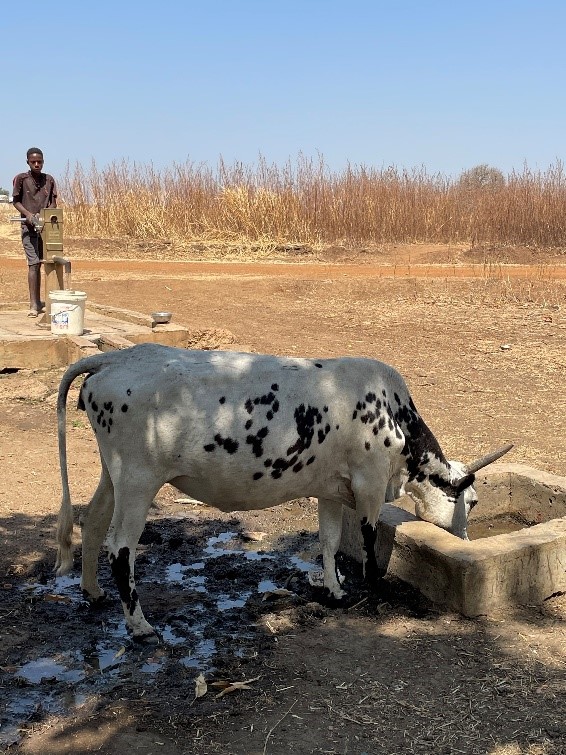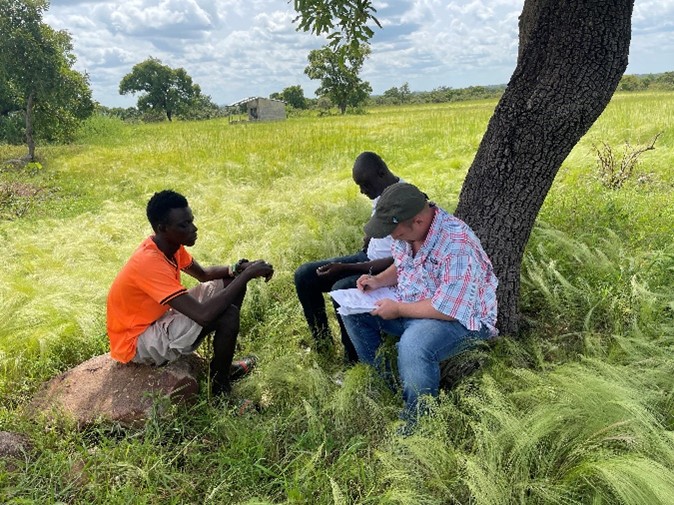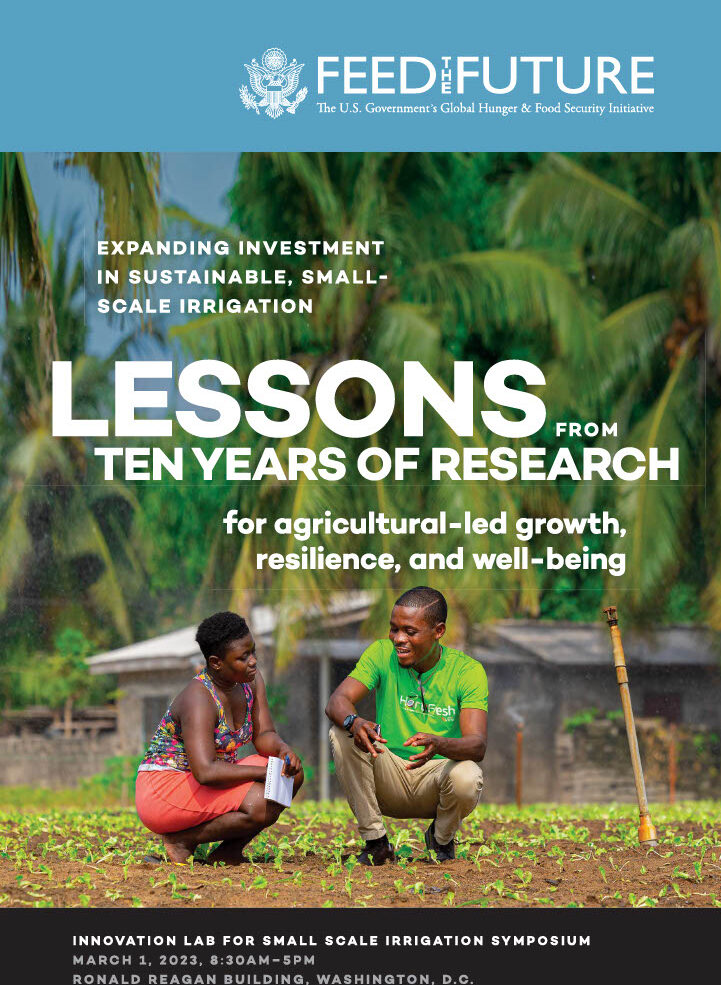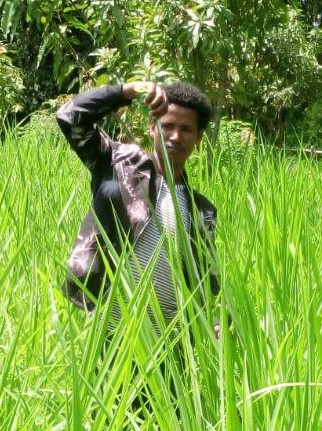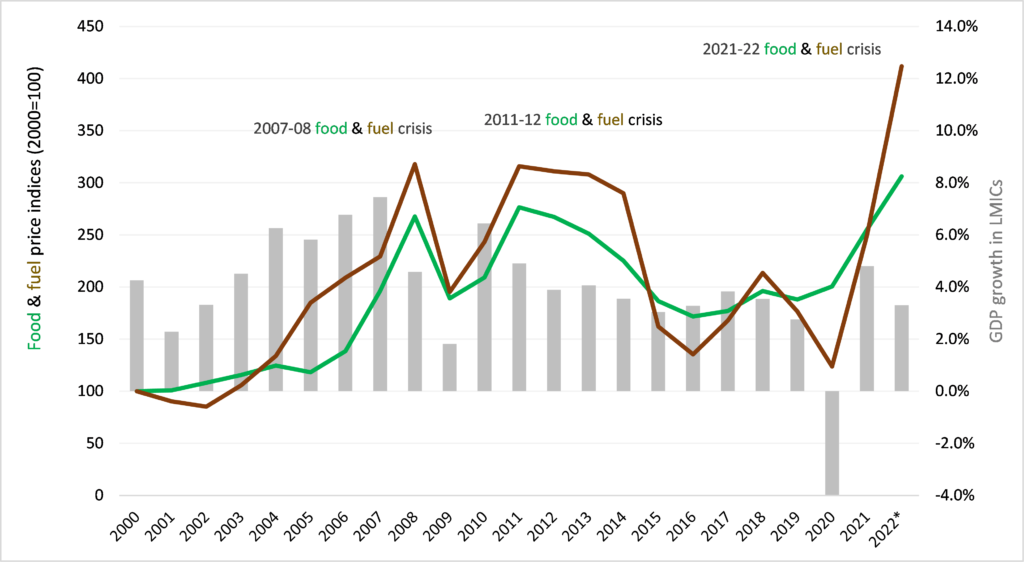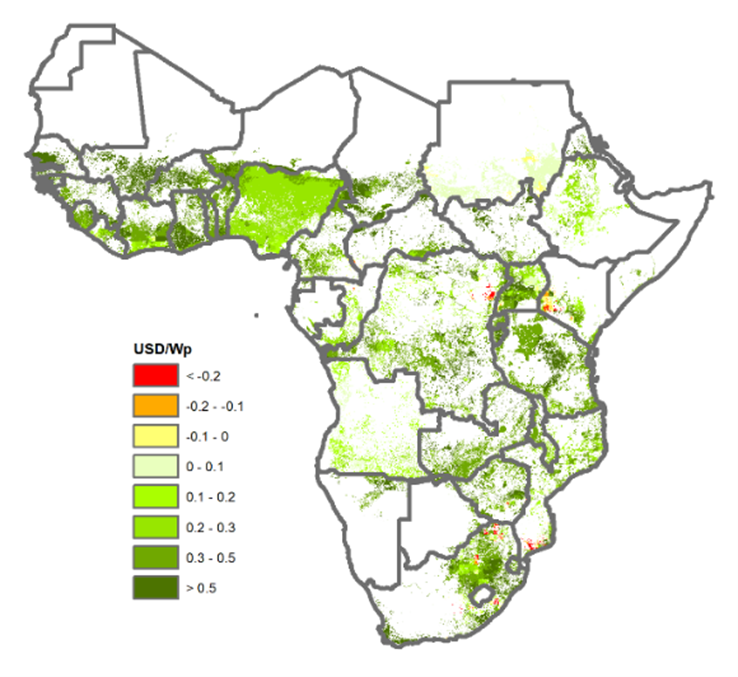by Melkamu Derseh, International Livestock Research Institute
On 25 May 2023, ILSSI organized a workshop in Addis Ababa, Ethiopia to share findings and lessons from the ten years of research for development work under the program. Attended by more than 80 participants from within and abroad, keynote speakers included ILRI’s Director General Representative to Ethiopia, State Minister for Irrigation and Lowlands, and representative to the USAID Ethiopia mission.
The workshop covered sessions on irrigated fodder development, watershed management and groundwater governance for SSI, lessons from public-private sector engagements in scaling SSI technologies, and emerging issues in farmer-led irrigation. Presentations on research results were followed by panel discussions, question and answer and reflections from participants. In addition, graduate fellows sponsored by the program displayed poster presentations of their research results. The deliberations highlighted strong evidence that SSI is an essential gateway to intensification and building resilience in the smallholder system. The results also highlighted the importance of groundwater governance to sustainably use limited water resources. Creating better enabling environments and incentives for private sector investment in SSI were found to be important priority areas that need the attention of relevant stakeholders.
As part of the presentations, two video documentaries, the first about engagements with dairy cooperatives through irrigated fodder development, and the second covering lessons from groundwater governance interventions, were presented. The documentary on ILSSI’s engagement with dairy cooperatives provided evidence on how the research for development intervention impacted the livelihood of dairy producers in the project sites. In the video, cooperative chairs narrate the challenges they faced in accessing better feed for their livestock and market for their produce. Through the ILSSI interventions, the capacity of the cooperative increased and members were able to access technologies to produce and use irrigated fodder. This has increased the confidence of farmers in the cooperative, with membership and milk collection increasing five to eightfold. The cooperatives were able to fulfill basic facilities to create good market linkages for their farm produce, which was a key pull factor for farmers to adopt irrigated fodder. The documentary shows that apart from milk production and marketing, the cooperatives were able to embark on producing forage seed/planting materials for sale to the local market, thereby diversifying their incomes and filling the local demand for forage seeds/planting materials.
The second video on groundwater governance narrates the attitude change that ILSSI intervention brought about in a district where groundwater has been used for vegetable production. Before the intervention, the communities in that district were using groundwater without any consideration for crop water requirements and safe extraction limits to the water resource. Groundwater management trainings allowed the communities to realize the importance of collective actions, with members drafting bylaws and abiding by them to manage and wisely use their water resources. The irrigators now believe they have made the right decisions and would like to see regulatory bylaws enforced beyond their communities.

